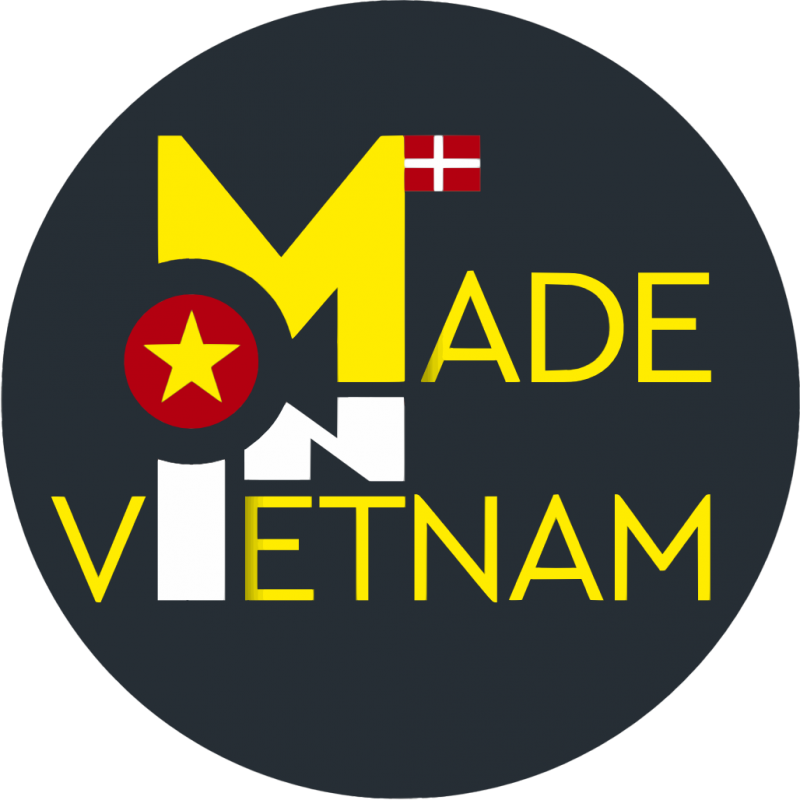WHAT DO VIETNAMESE PEOPLE USUALLY DO ON TET?
“Tet” (Tet Holiday or Vietnamese New Year) is a celebration of the new year according to the lunar calendar, around this time, Vietnamese people often return to reunite the family to rest, relax, as well as tell each other about each member’s pride and regrets after a year of hard work and study. This is also the right time to restart and set new goals. Therefore, it can be said that Tet for Vietnamese people is not only a festive occasion but also a “pause” to energize the journey ahead. Beside that, Tet is also an occasion when the traditional cultural beauties in material and spiritual life are proudly and uniquely displayed by Vietnamese people, among which can be mentioned:
- Kitchen Guardians
According to Vietnamese folk beliefs, on the 23rd day of the 12th lunar month every year. Kitchen Gods will return to heaven and report to the Jade Emperor about the events that have happened on earth during the past year. For that reason, each Vietnamese family often celebrates the farewell ceremony of Kitchen Gods quite generously with the hope that good things will be said to the Jade Emperor, along with unfinished wishes will be realized. In addition, Vietnamese people believe that carp is an animal that can turn into a dragon. Due to such symbolic meaning, carp was chosen as a vehicle for Kitchen Gods to fly to heaven. Therefore, on this day, carp appear very popular in markets and are bought and released by Vietnamese people into rivers and lakes with good prayers.
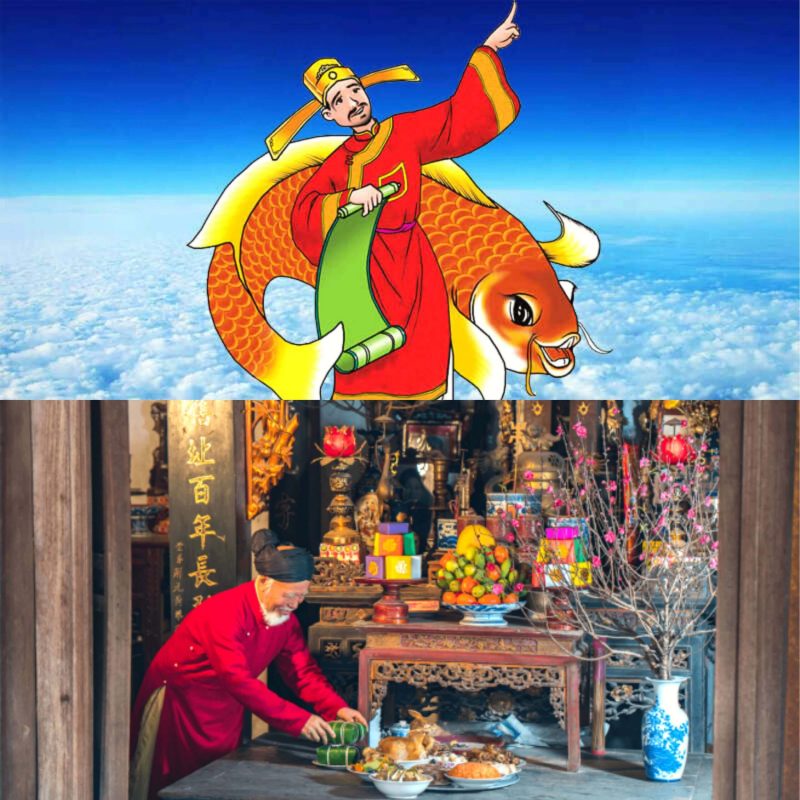
- Five-fruit tray
“Five fruit tray” means 5 different fruits, each fruit will represent a certain meaning, decorated and placed on the altar by Vietnamese families during Tet (Vietnamese New Year). Through the name and color of each fruit, Vietnamese people will put into it their wishes and aspirations in the new year. Therefore, it can be said that for the Vietnamese, the “five-fruit tray” is not only a symbolic value, but also has cultural and spiritual values, expressing people’s faith and desire for a good life.
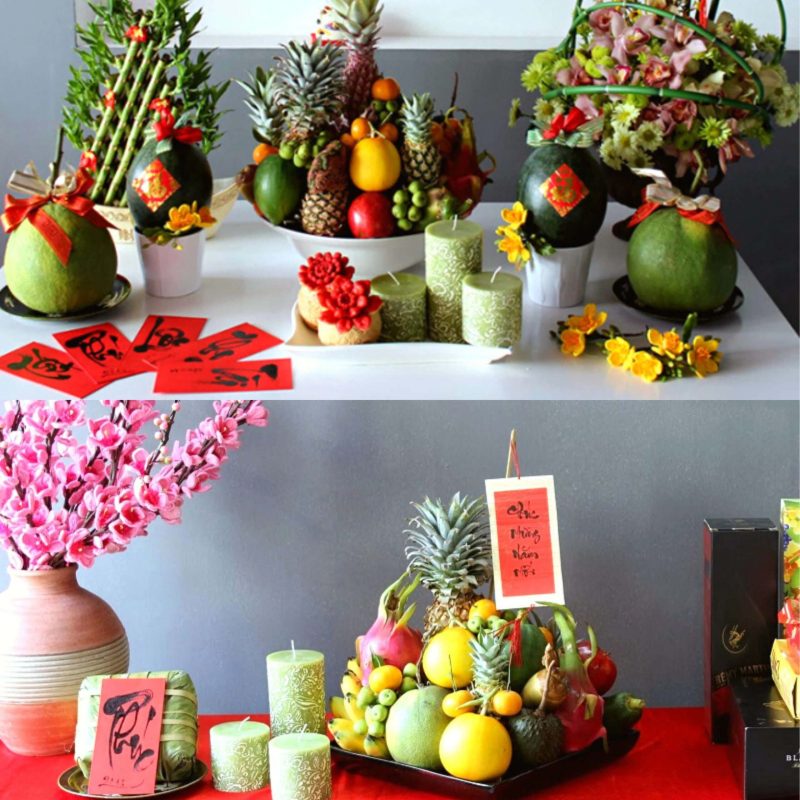
- Banh Chung/ Banh Tet
If in the North, there will be no Tet atmosphere without “Banh Chung”, then in the South, “Banh Tet” becomes “the soul in culture” in the days to welcome the new year. The two foods represent the culinary styles of the two regions with their own meanings and beauty. However, the common point is that they are both traditional handmade cakes associated with the spiritual life of Vietnamese people over thousands of years of formation and development. Therefore, every Tet holiday, many Vietnamese families gather together to wrap and decorate each Banh Chung and Banh Tet, which is also an opportunity for members to chat and share. Not only that, Banh chung, Banh tet also become a gift that is simple but contains great affection, showing the good community of the Vietnamese people.

- Praying
In the minds of Vietnamese people, Tet does not simply mean saying goodbye to the old year and welcoming the new year. Tet also has strong spiritual and religious elements. Therefore, on the first day of the new year, Vietnamese people of any religion or belief go to places of religious ritual activities such as temples, pagodas, churches, etc. with the common purpose only especially wishing for peace, health, and luck for themself, family and friends in the coming year.
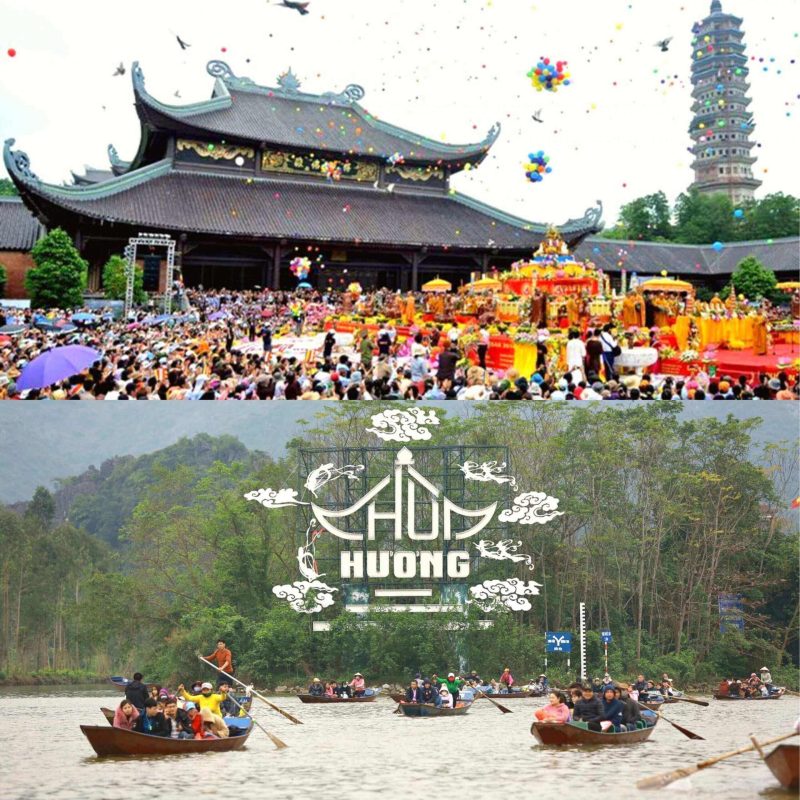
- Lucky money
During the first three days of Tet holiday, Vietnamese people often give “lucky money” to children. The red envelopes with some money inside, give to other people with the warmest wishes for a healthy and prosperous new year. In family, on the first day of Tet, younger family members frequently wait in line for “Li Xi”, then give back lucky wishes to people. This is one of the meaningful customs of Vietnamese during Tet holiday.
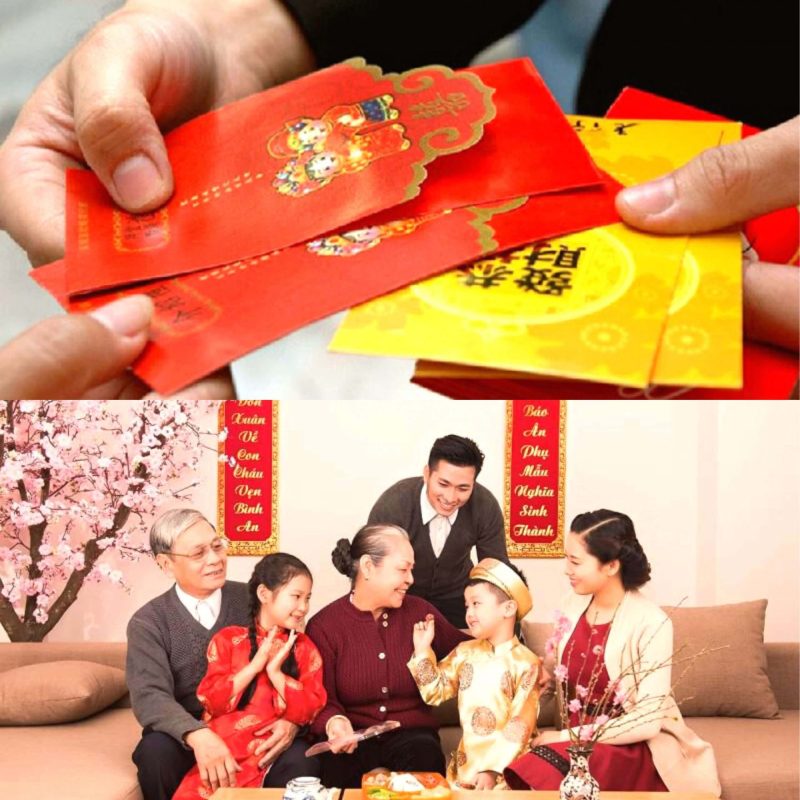
With a diverse and long-standing culture formed and developed throughout 4000 years of history. Vietnam owns more than 7000 traditional folklore festivals. In particular, “Tet” is always considered the biggest holiday and always has a particularly important position in the subconscious of every Vietnamese.
